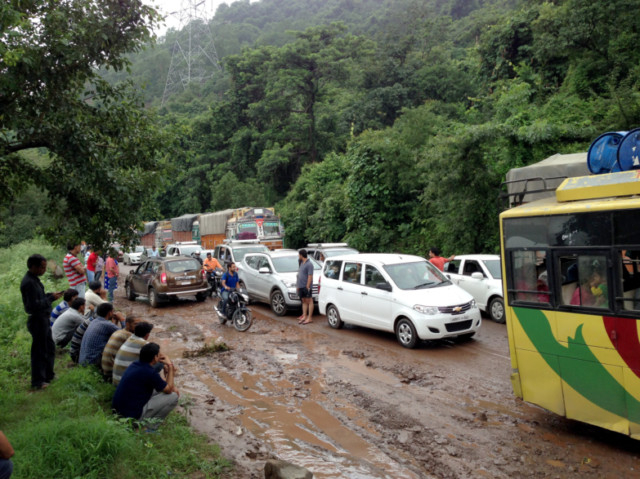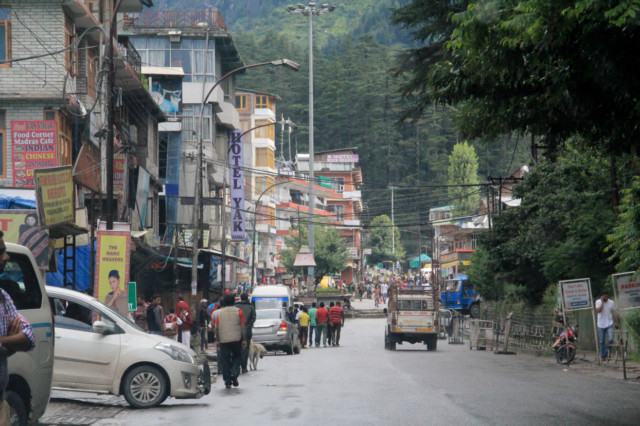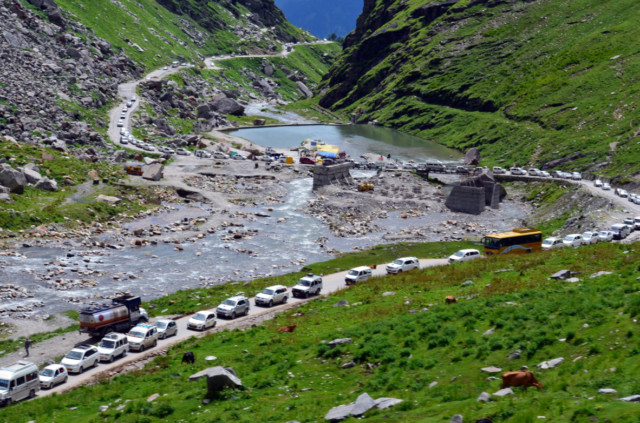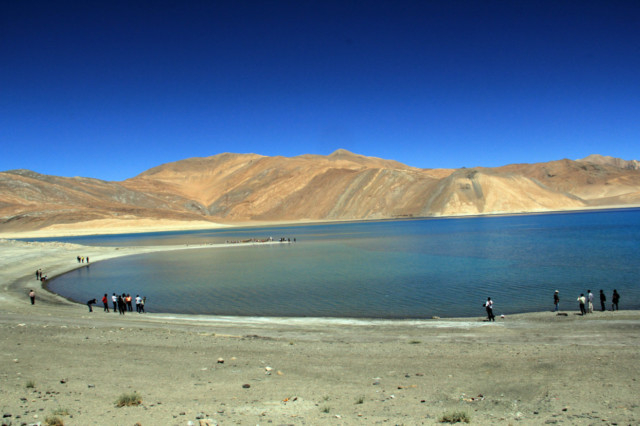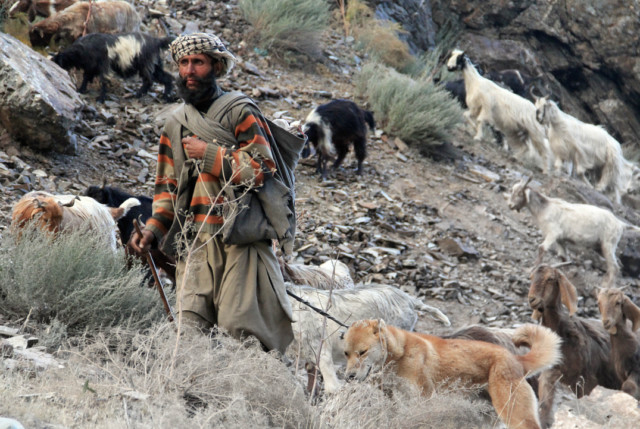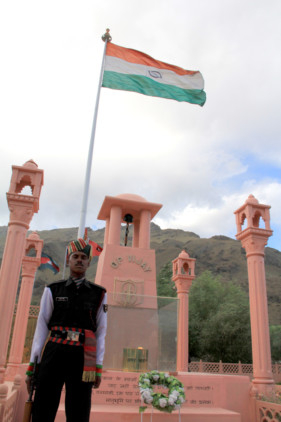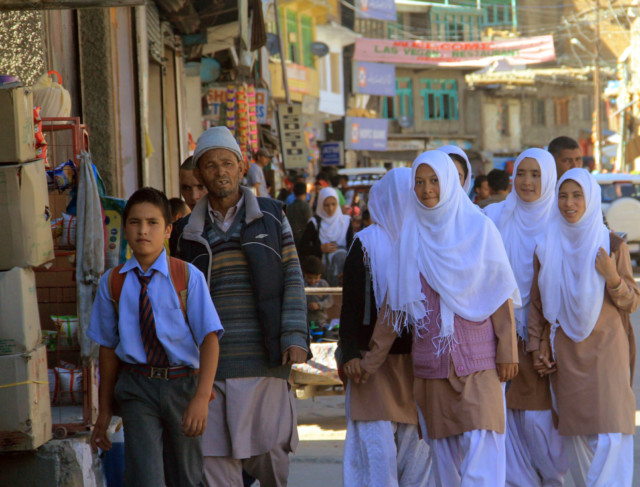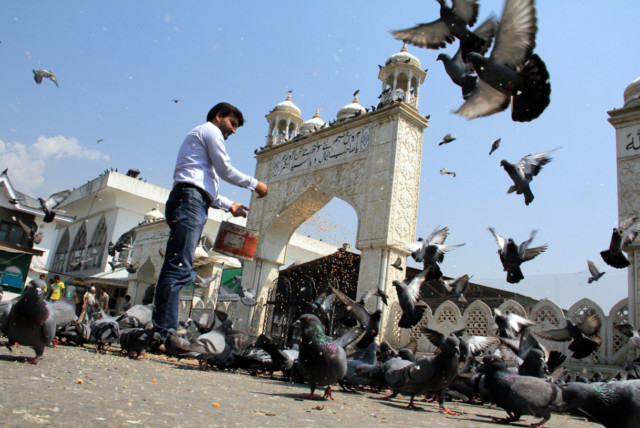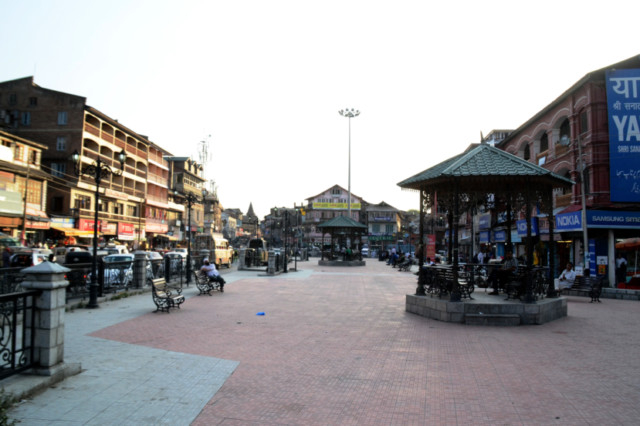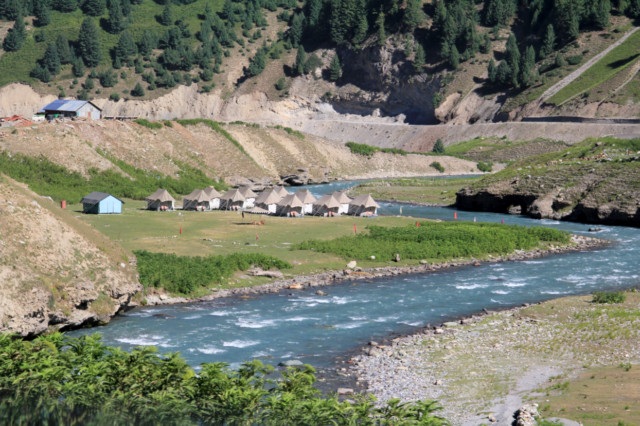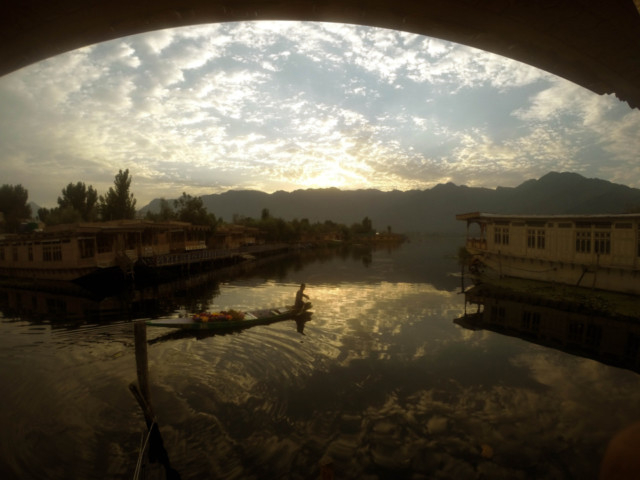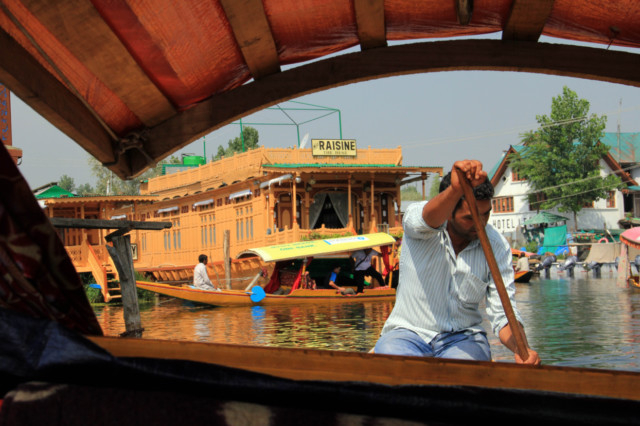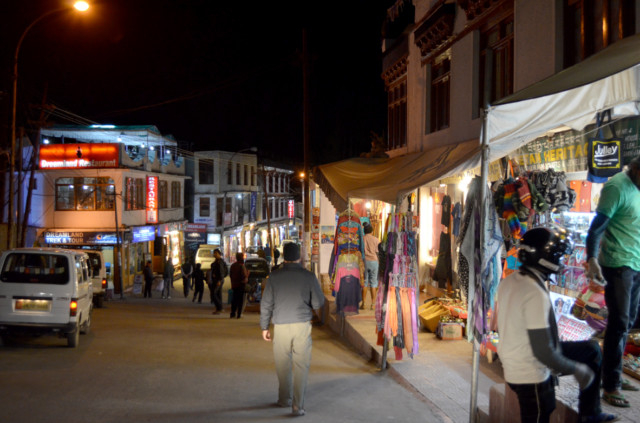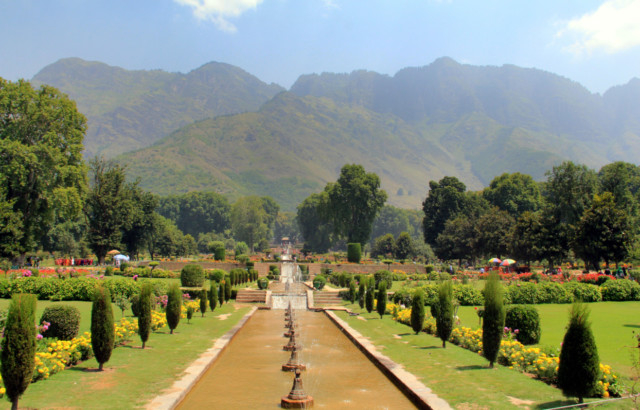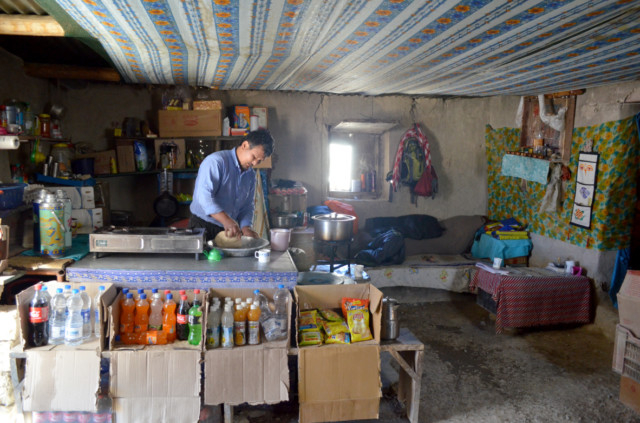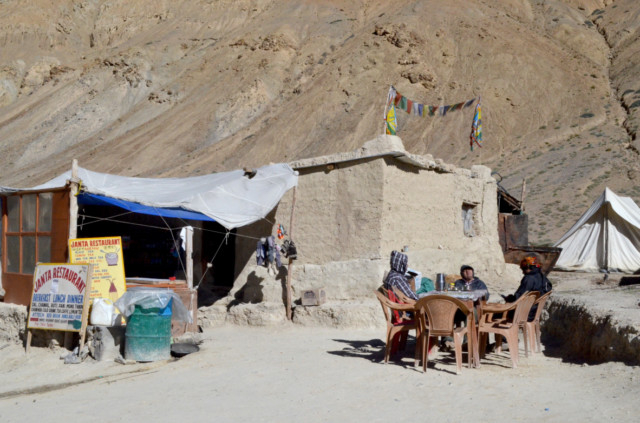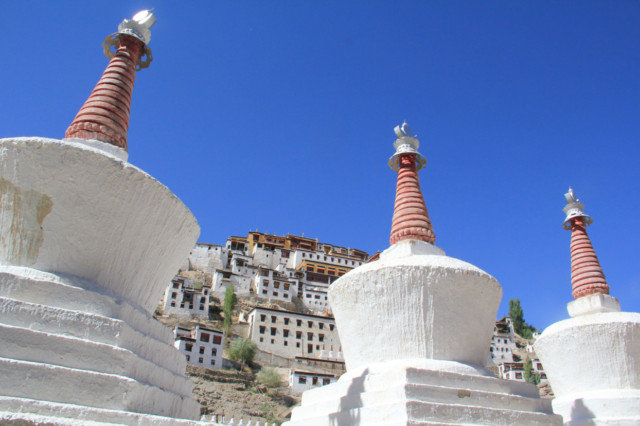
“Are we going to survive?”
I did not know what to say to my friend.
How could I tell him the same thought was running through my head? How could I tell him I was also struggling to breathe in the rarified atmosphere on that dark night in that forlorn tent on that desolate mountain 15,000 feet above sea level? How could I tell him that I too was worried if we would survive the night?
Nausea, a massive headache and the biting cold only added to our misery as we were stuck far away from civilisation in Pang on the way to Leh.
Somehow we lived to tell the tale.
It was one of the lasting memories on our road trip from Chandigarh to Leh and Kashmir. In our nine-day journey we saw and experienced more than many get to in a lifetime and those magnificent mountains, remote villages, simple people and incredible sights left us with everlasting memories.
Setting off at dawn on India’s Independence Day (August 15) from Chandigarh, there was a sense of excitement but also a little trepidation as we would be driving through some of the most remote roads on dizzyingly high mountains. Heading towards Manali, we passed through Punjab before we hit bucketloads of rain in Himachal Pradesh. Worse, the holiday traffic jam set us back by 12 hours. That night we were forced to retire at a motel near Pandoh Dam that straddles the River Beas.
As we snoozed inside our blankets that night, the rain finally gave way. The next day we set off at dawn and after two hours drove into the beautiful hill station of Manali, where we stopped for a bite and some shopping before pushing for Keylong.
As we drove deeper into the heart of Himachal Pradesh we could see why this state is coveted by tourists. Lush green valleys and rows upon rows of apple and apricot plantations in full bloom, the Beas giving us company and in the distance, sky-high mountains with snow-capped peaks hinted at mysteries beyond our reach. Just when we were counting our lucky stars, we hit a bottleneck at Rohtang Pass (13,000ft above sea). A landslide somewhere ahead caused an eight hours delay which meant we rolled into Keylong at almost midnight.
The next day we set off for Pang between Himachal Pradesh and Ladakh where we had our life and death moment. This is not to say there weren’t other heart in the mouth moments. At one place we almost hurtled down a ravine as our driver veered to the edge to give way to an approaching truck.
On the way to Leh, our driver suffered altitude sickness and one of us had to take the wheels.
A few hours later we suddenly came upon thousands of prayer flags near a small Buddhist temple. We had reached the second highest motorable point in the world, the Thanglangla Pass (17,650ft). Leh was now just 100km away and three hours later we were finally inside this remote region of India that lies at an altitude of 11,500ft. The virgin territory, the lovely Pangong Lake, the beautiful monasteries and the unmatched scenic beauty is what makes it a top tourist draw. We just fell in love with the place.
With hues that range from a brilliant turquoise to a deep blue, this shimmering piece of sky on earth, the famous Pangong Lake is the highest salt water lake in Asia. As we headed back to town that evening, there was a sense of accomplishment since we had managed to come this far with just a few hiccups.
Our next stop was Kargil where India and Pakistan fought a war a few decades ago. As we stood on that hallowed ground, we draped the India Tricolour with pride ... and love. We left the place with deep respect for the Indian armed forces, the country and its people. Moving on from Kargil town after feasting on some absolutely divine and authentic Kashmiri food such as gushtaba (Lamb meatballs in yoghurt gravy) and rista (meat dumplings in an onion, chilli and saffron gravy), we decided to cut short our journey at Srinagar. However, to reach the city we had to negotiate the extremely rough terrain and narrow roads of the treacherous Jojila Pass in the dark of night. We spent the night in Sonamarg before the two-hour drive next morning to Srinagar.
When we woke up at dawn, we could see thousands of conifer trees carpeting the hill. This was the Kashmir of the picture postcards and tourism brochures. The drive to Srinagar was even more scenic. Though this famous tourist attraction has lost a bit of its charm, there was no denying its historical and cultural significance. The Mughal Gardens overlooking the Dal Lake are a must see as is the Hazratbal Shrine, Lal Chowk.
The final night of our trip was the most heavenly. Among the gently undulating waters of the Dal, we sat on the porch of our houseboat listening to its owner Ashraf tell us tales of Kashmir and its people.
The next morning as we headed to the airport, we felt as mountaineers feel after an expedition — bone-tired but elated at having been where few had been before.
Box: Go to
gulfnews.com to experience the road trip in the Himalayas


